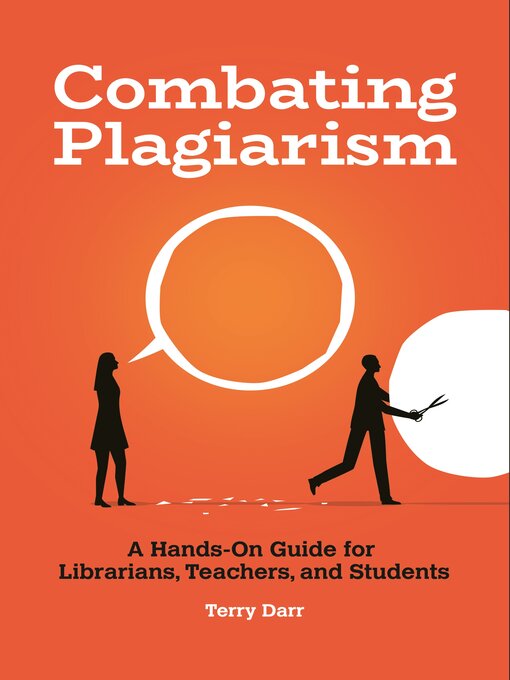The proliferation of resources now available through libraries and the internet requires a new set of information management skills in order for students to avoid plagiarism. While educators legitimately expect students to approach academic work with honesty and integrity, students need to be able to understand the context of their academic resources—both print and digital—well enough to use them appropriately and ethically. Combating Plagiarism helps middle and high school teachers and librarians understand and teach the authorship and publication process so students learn to use relevant information in an ethically and academically sound fashion.
Terry Darr's long-term collaboration with a high school history teacher taught her the challenges faced by students conducting research—and by librarians and teachers tasked with teaching plagiarism prevention. Her book is full of tested concepts for teaching these complex topics, emphasizing our modern reliance on digital sources. An extensive student reference section covers common knowledge, fact, and opinion. A wealth of practical resources includes real-life examples from research papers as well as plenty of instructional materials, exercises, and lesson plans.
-
Creators
-
Publisher
-
Release date
September 24, 2019 -
Formats
-
Kindle Book
-
OverDrive Read
- ISBN: 9798216063155
-
EPUB ebook
- ISBN: 9798216063155
- File size: 2188 KB
-
-
Languages
- English
-
Reviews
-
School Library Journal
January 1, 2020
Enlightening if a bit dry, this guide to fighting plagiarism emphasizes that our ability to share information quickly online makes using and crediting sources during research challenging. Darr urges librarians to explicitly teach middle and high school students what plagiarism is, why it matters, and how to avoid it. She stresses that librarians are information literacy experts and encourages them to collaborate with subject-area teachers to help students develop and refine their research and citation skills. Unfortunately, the text alternates between directly addressing librarians, teachers, and students, sometimes even within the same chapter. As a result, it's a bit unwieldy to use; organizing the book into three sections, one for each targeted audience, would have been more helpful. Chapters focusing on specific skills, such as paraphrasing and micro-paraphrasing, understanding and formatting citations, and using digital images, are most likely to be of use to librarians, and contain specific examples with explanations. Several appendixes, including MLA, APA, and Chicago style guides; practice exercises with answer keys; and lesson plans, may also be beneficial. VERDICT. An informative primer or refresher for users willing to wade through it.-Lauren Strohecker, McKinley Elementary School, Elkins Park, PA
Copyright 2020 School Library Journal, LLC Used with permission.
-
Formats
- Kindle Book
- OverDrive Read
- EPUB ebook
subjects
Languages
- English
Loading
Why is availability limited?
×Availability can change throughout the month based on the library's budget. You can still place a hold on the title, and your hold will be automatically filled as soon as the title is available again.
The Kindle Book format for this title is not supported on:
×Read-along ebook
×The OverDrive Read format of this ebook has professional narration that plays while you read in your browser. Learn more here.

